Cracked Tooth Syndrome
Might you be suffering from Cracked Tooth Syndrome?

What is Cracked Tooth Syndrome?
Though it sounds very serious, Cracked Tooth Syndrome (CTS) is the term used to describe a condition where there is a crack in a tooth that is difficult to detect. The crack may be too small to be seen on an x-ray or may be hidden beneath the gum line or underneath a filling or crown. Those experiencing sporadic discomfort or temperature sensitivity that cannot be explained by other conditions (like a cavity or infection) could be experiencing Cracked Tooth Syndrome and should address their discomfort with their dentist. Some people experiencing Cracked Tooth Syndrome may have symptoms for some time, as it is one of the most difficult dental issues to diagnose.
What Causes Cracked Tooth Syndrome?
Teeth can crack for a variety of reasons:
- Coated (White) Tongue is frequently harmless and can be treated by using a tongue scraper or gently brushing the tongue with a toothbrush.
- Trauma (like unknowingly biting into a bone or nut shell)
- Tooth clenching or grinding
- Large fillings in the tooth
- Root canal treatment on the tooth
- Overall bite
How is Cracked Tooth Syndrome Treated?
The treatment that the dentist recommends can vary from patient to patient, depending on the cause of the crack(s), the severity of the crack(s) and what can be done to prevent additional cracks in the future. Treatment options may include getting a crown on the cracked tooth, a root canal, bonding, and in some cases, removal of the tooth.
What Kinds of Complications Can Occur?
- Cracks or fractures of the teeth can allow bacteria into the tooth pulp and nerve. This could cause infection and/or nerve damage.
- If the crack is near a large filling, the crack can grow and the filling can move or fall out.
Cracked Tooth Syndrome and Insurance
Insurance coverage will greatly depend on the treatment plan developed by your dentist. Make sure to verify your dental benefits before any planned treatment to understand what your out-of-pocket cost might be.






